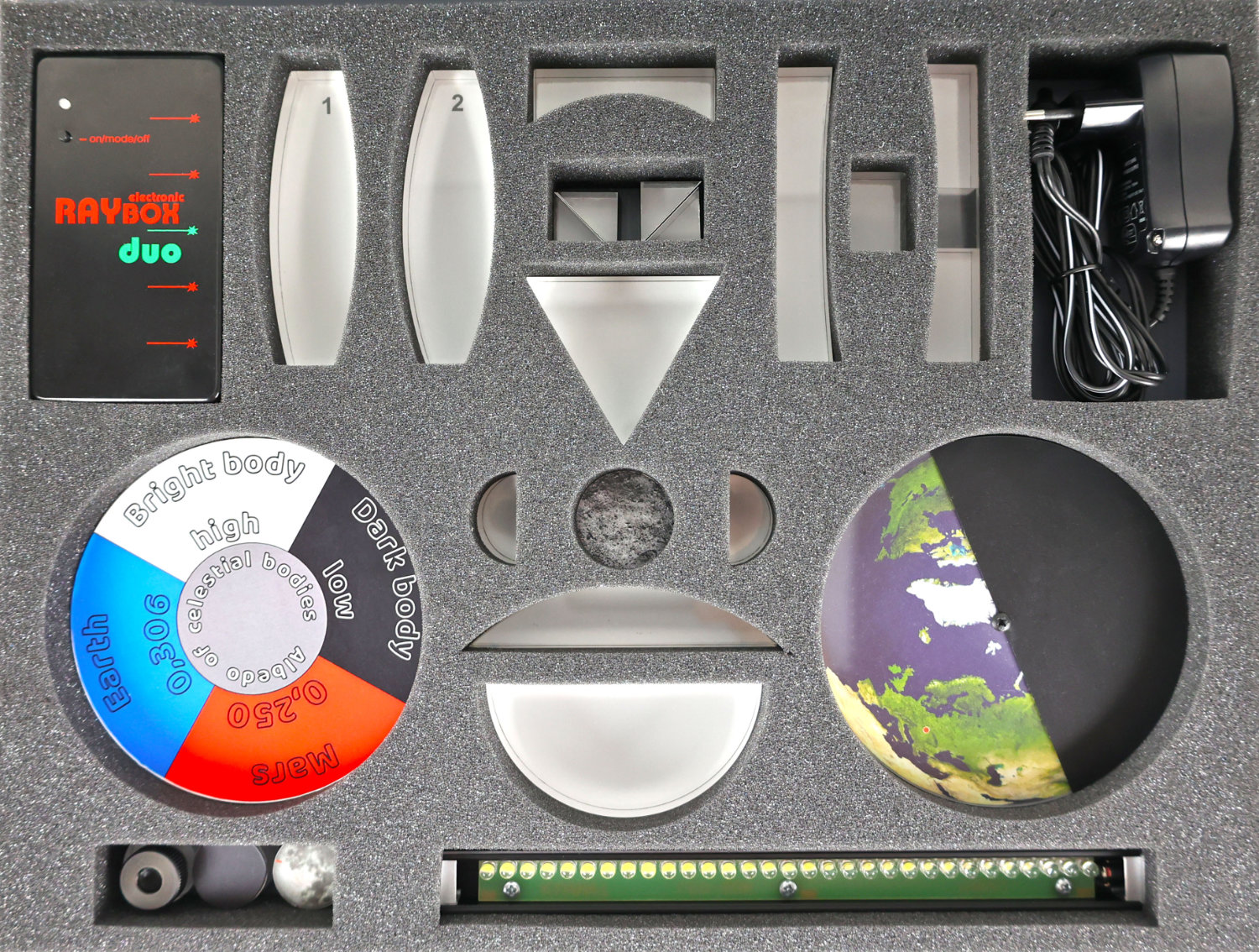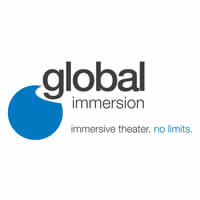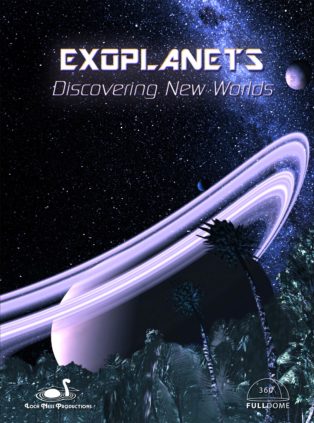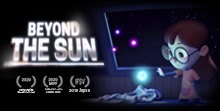Astro Laser Set: A simple demonstration of astronomical phenomena.
This set has been designed for a simple and clear demonstration of the principles of astronomical phenomena.
The kit contains a total of 8 topics and 29 tasks divided into 14 example sheets. This teaching equipment is suitable for a wide range of ages, from 8-year-old children to adults. Its purpose is to facilitate interactive learning of basic astronomical knowledge. The set enhances the quality of teaching and provides new opportunities in the constantly evolving field of science.
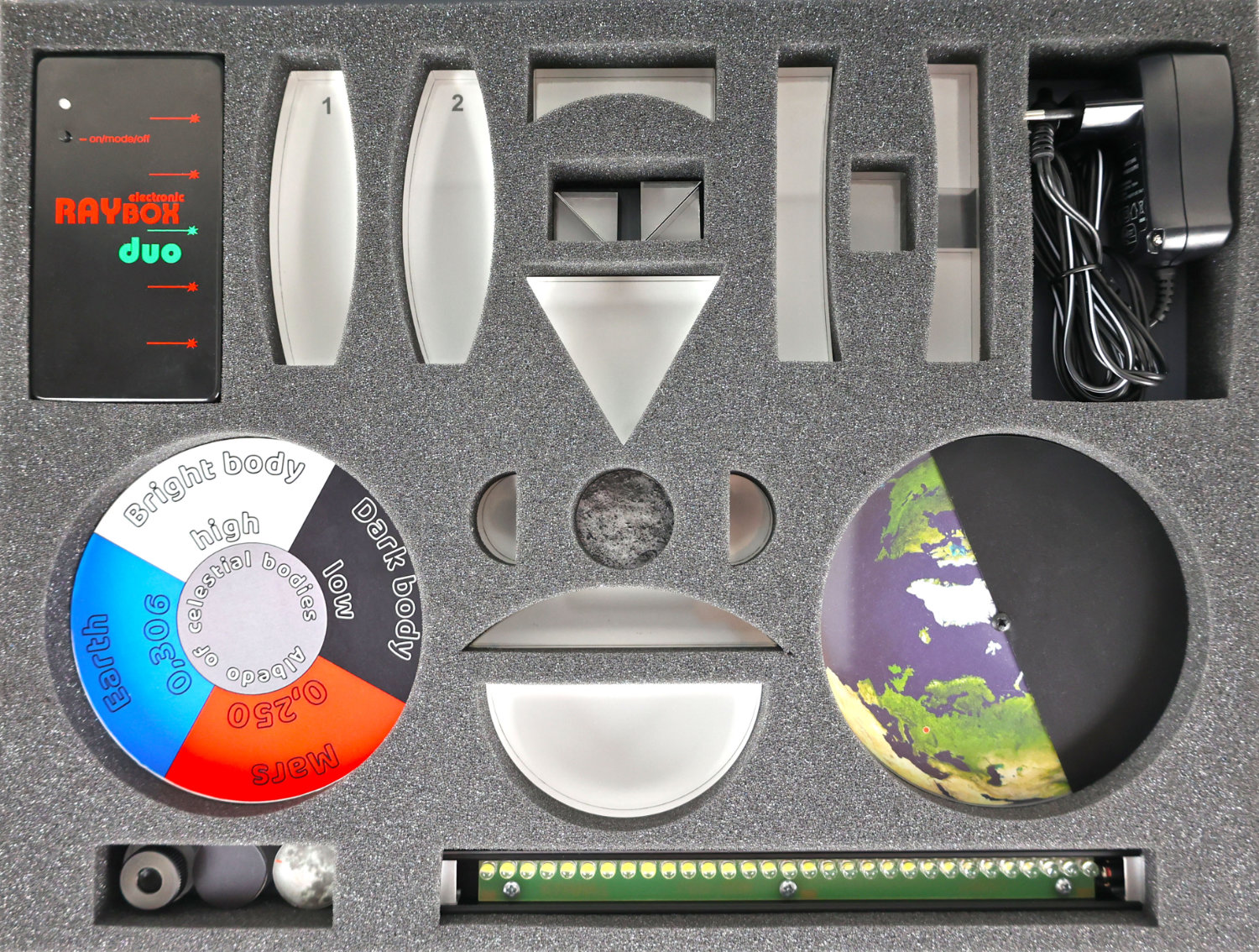
The Astro Laser Set utilizes two different independent sources of light (white LED, red and green laser light) to represent the Sun or the stars, and these lights are visible even in normal daylight or under artificial interior lighting. The kit includes plastic elements that depict celestial bodies (Earth, Moon, exoplanet, etc.) and optical components (lenses, mirrors, etc.). The instructional materials indicate where optical elements, light sources, and other objects should be placed during each activity.
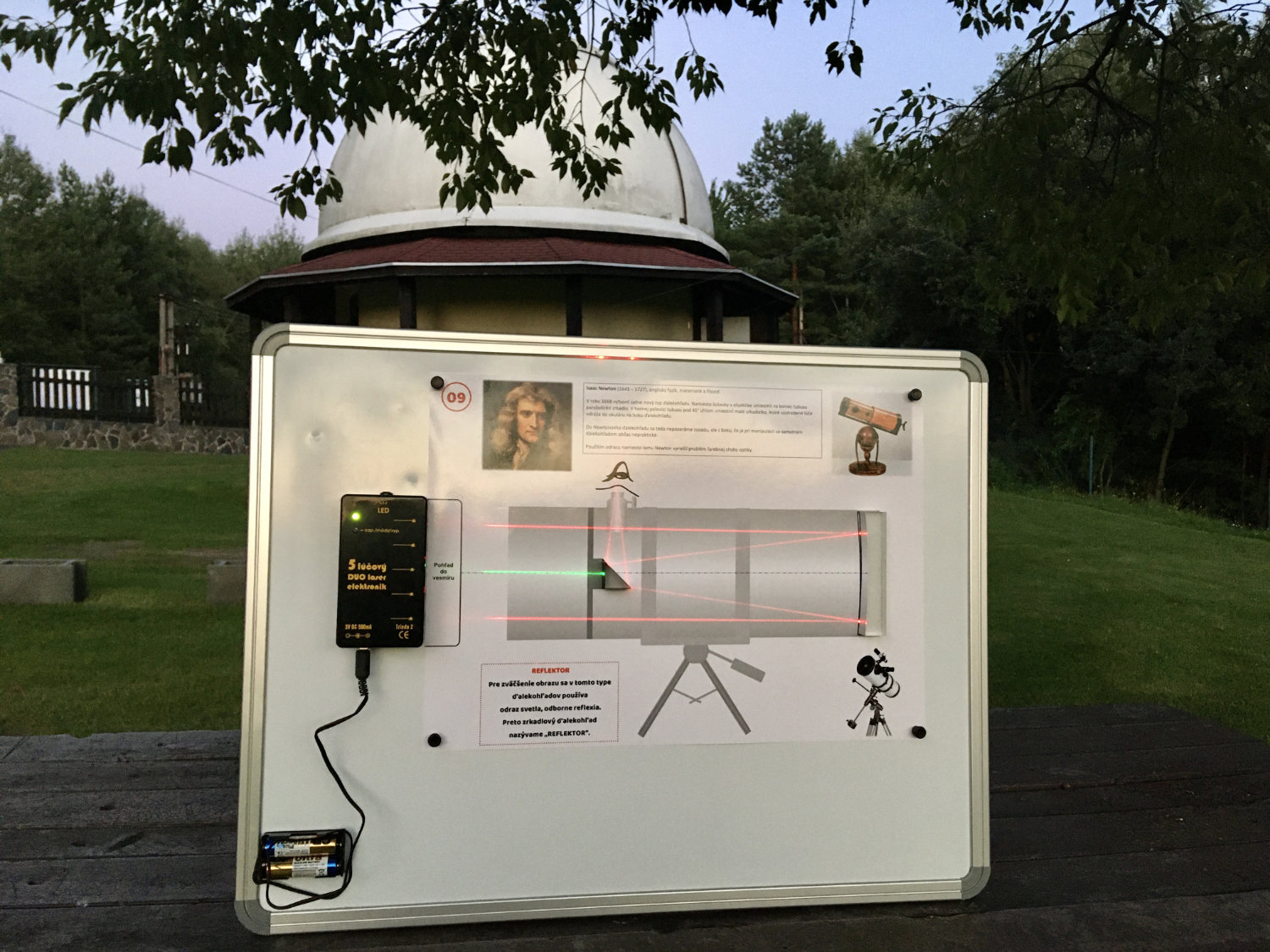
All topics and tasks can be led by a class instructor in the fields of astronomy, physics, optics, and geometry. Some optical elements from the set (lens, diffraction, semicircle, mirrors) can also be used to explain and demonstrate other optical phenomena (light refraction, light reflection, etc.). Each element is equipped with magnetic foil at the bottom, allowing for easy attachment to a magnetic board.
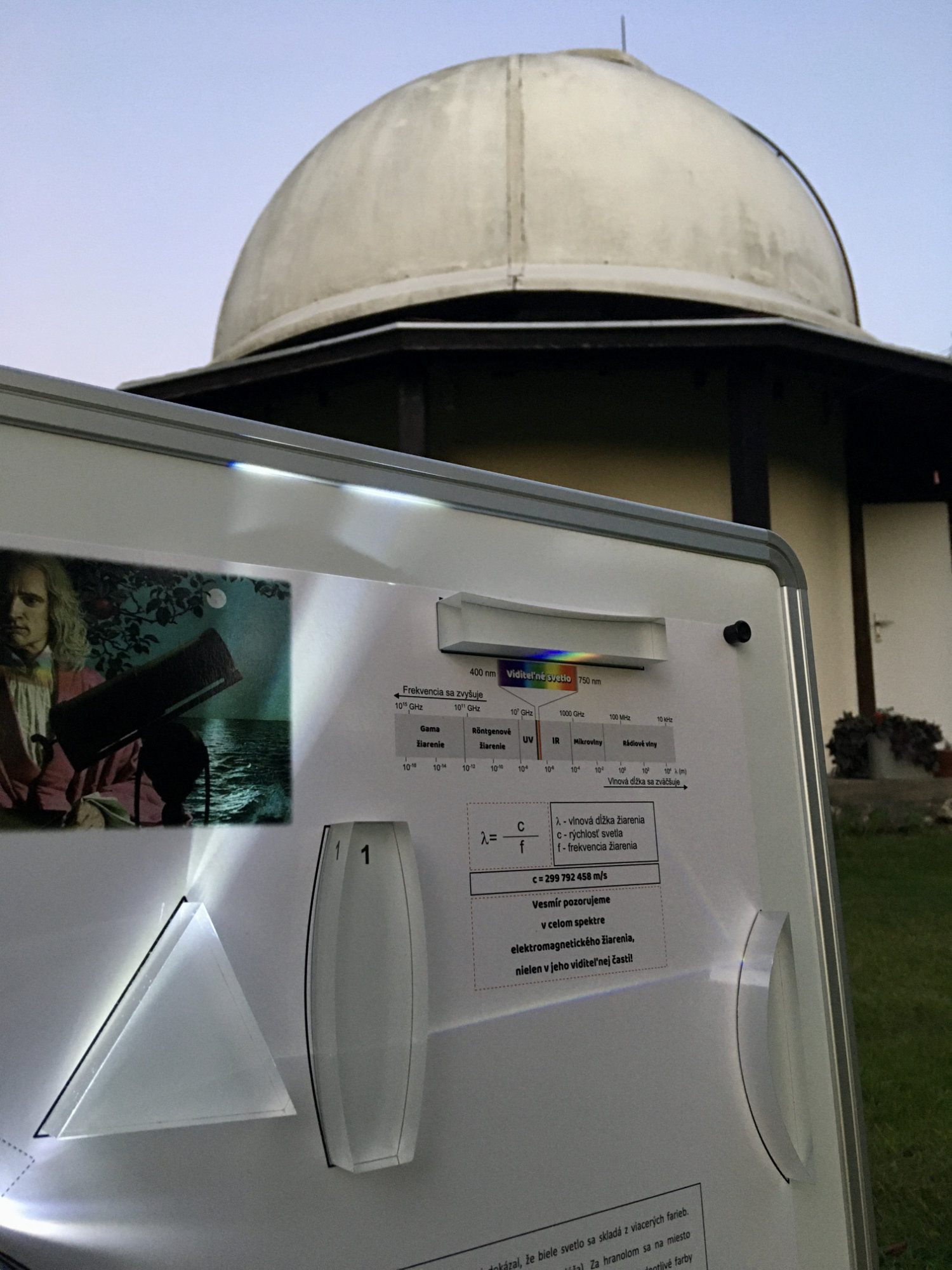
Astro Laser Set contains:
- Instruction manual
- Light sources
- Optical components
- Example sheets
- Magnetic board
- Plastic case
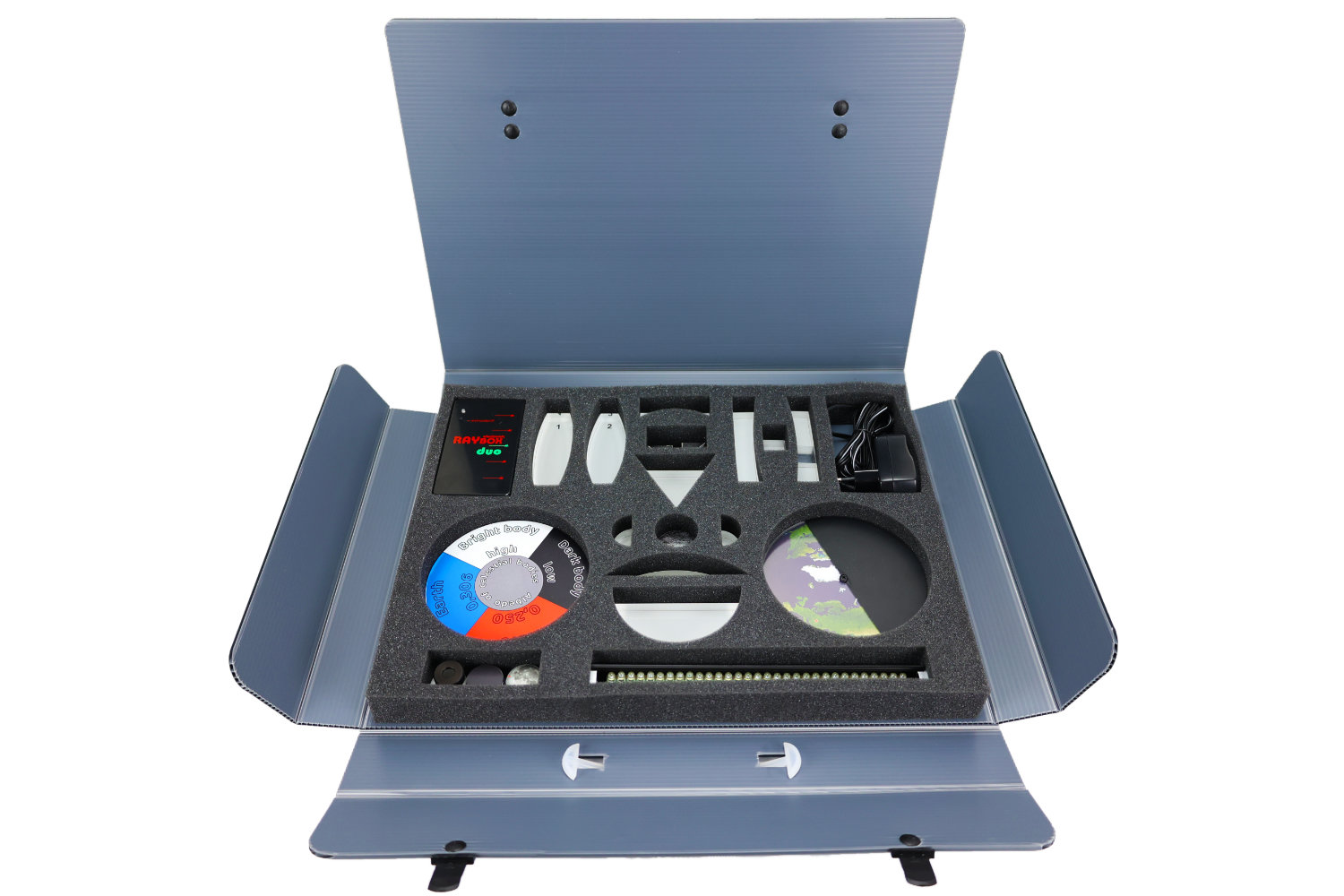
The whole set is stored in a lightweight plastic case allowing comfortable transport. The demonstration is done quickly if the desired objects are located in assigned positions on the sheets:
1 – View Of The Sky
2 – Electromagnetic Radiation Spectrum
3 – Phases Of The Moon
4 – Eclipses
5 – Albedo
6 – Galilei Telescope
7 – Kepler Telescope
8 – Spherical Aberration And Its Correction
9 – Newton Telescope
10 – Cassegrain Telescope
11 – Hubble and James Webb Space Telescope
12 – Radio Telescope
13 – Searching For Exoplanets By Eclipsing Method
14 – Variable Stars
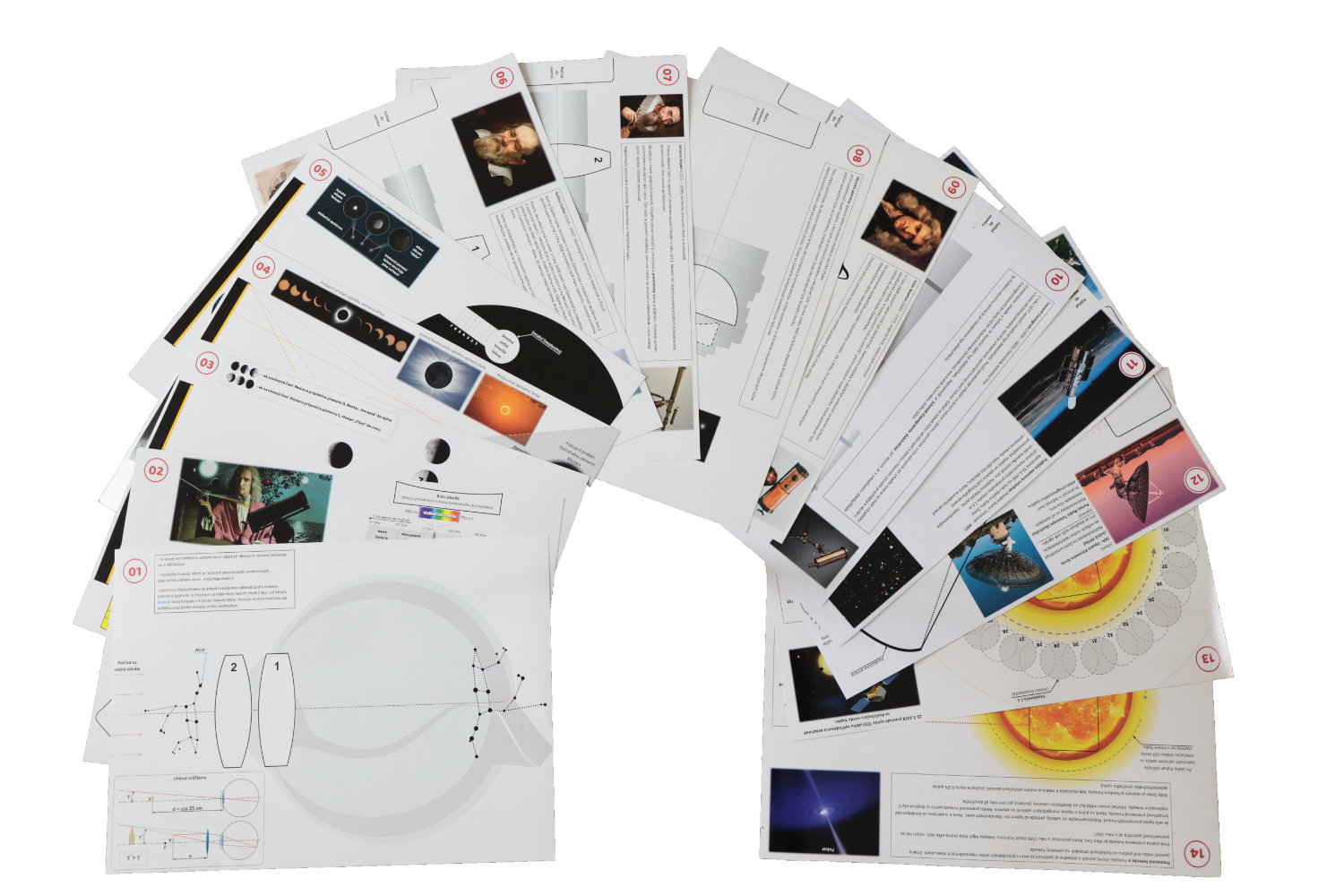
Have you liked this post? Subscribe to FDDB Newsletter
Sign up now, it's free!










